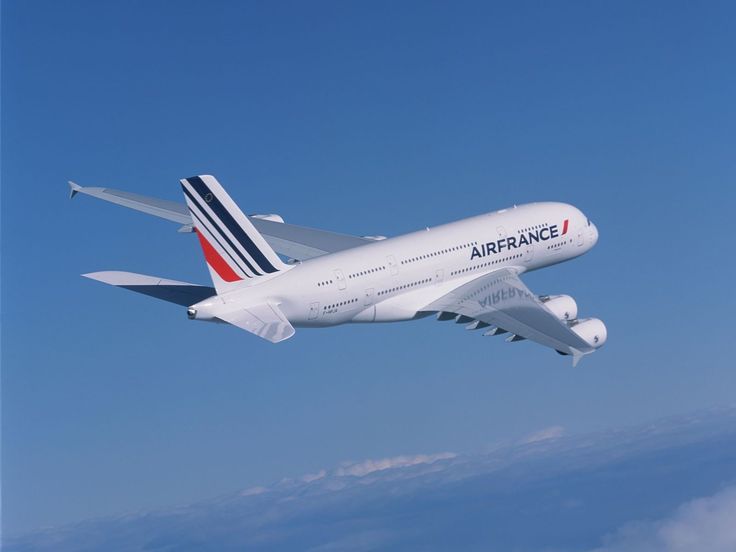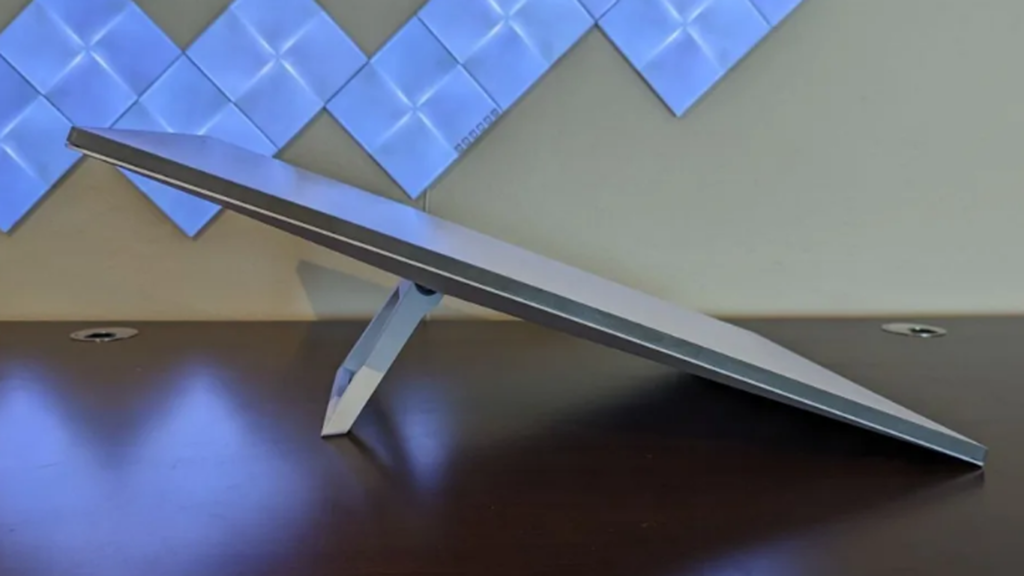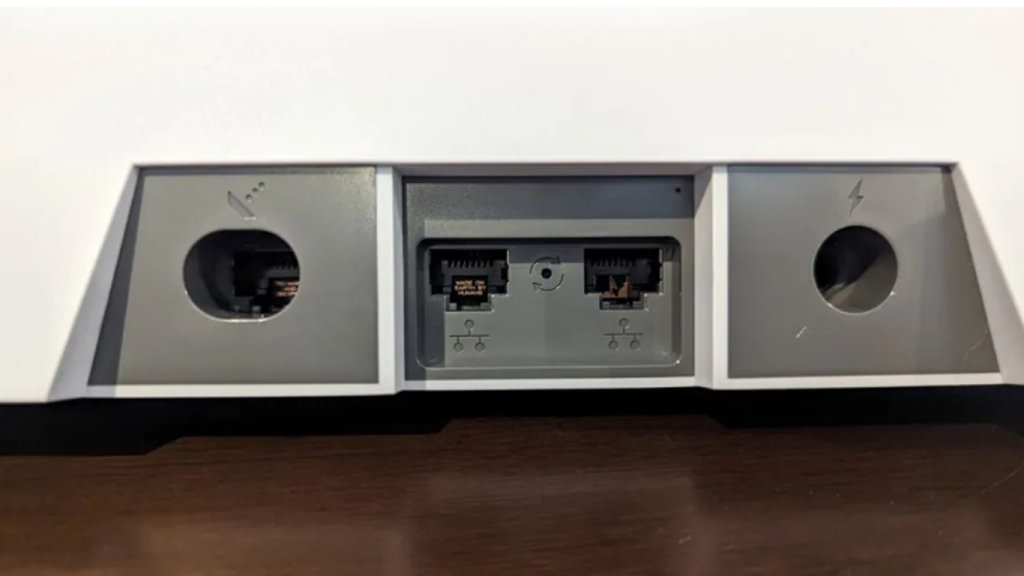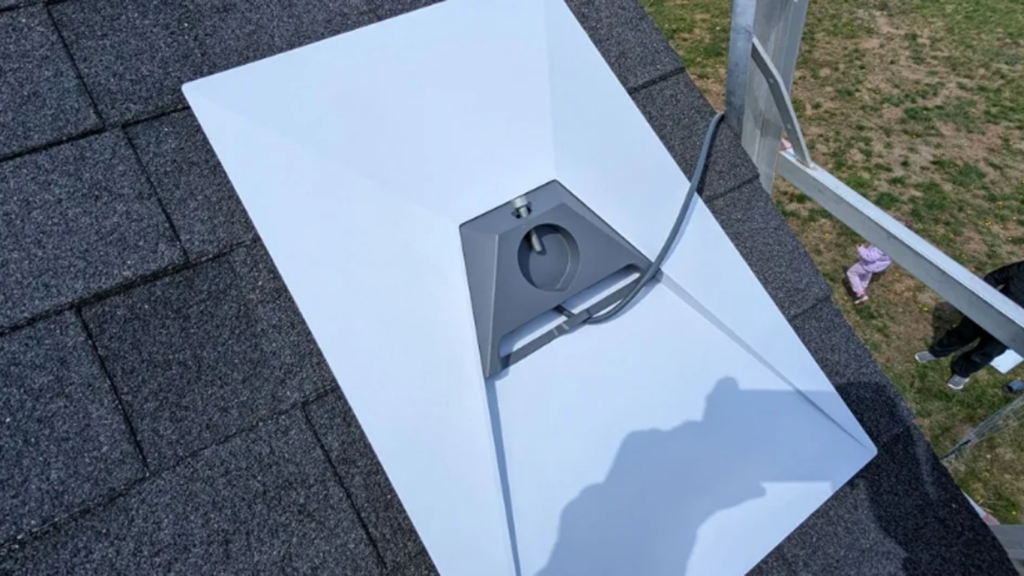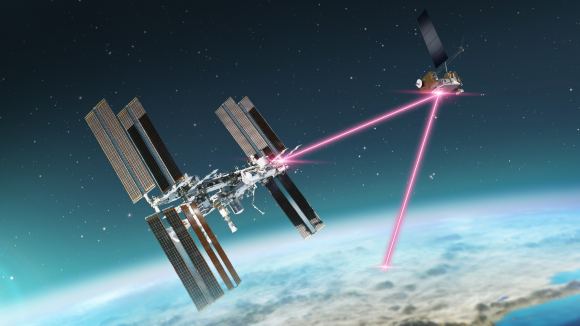Air France to Launch Starlink In-Flight WiFi by 2025 for High-Speed Connectivity
Air France will introduce free Starlink WiFi for all passengers by 2025, replacing current onboard WiFi services. The high-speed internet will provide a “ground-like” experience at 35,000 feet. Passengers will be able to connect multiple devices, stream content, play games, and stay connected to the internet. The entire Air France fleet, including regional aircraft, will progressively be equipped with Starlink. Restrictions may apply while flying over certain countries.
Summary:
- Air France will begin offering Starlink in-flight WiFi in 2025.
- The service will be free for all passengers.
- High-speed internet will enhance the in-flight experience, allowing multiple device connections.
- Passengers can stream movies, play games, and access live news during flights.
- The Flying Blue loyalty program allows members additional WiFi benefits.
- Starlink, a SpaceX innovation, offers low-latency, high-speed internet via satellites.
- 90% of Air France’s fleet already has WiFi, and Starlink will extend coverage.
- Other airlines like United have also signed Starlink WiFi deals for their fleet.
- The rollout includes regional aircraft, and restrictions may apply in some countries.
- Starlink’s global reach ensures high-speed connections, even in isolated locations.
- Passengers will access the service via the Flying Blue account.
- United Airlines, Qatar Airways, and Zipair are among other airlines offering Starlink.
- Multiple WiFi passes will still be available until Starlink fully rolls out.
- Starlink’s potential extends beyond airlines, offering home and business connections.
Introduction
Air France is making a significant leap forward in enhancing the in-flight experience for its passengers. Starting in 2025, the airline will progressively introduce Starlink WiFi, an ultra-high-speed internet service provided by SpaceX. This revolutionary technology will provide passengers with a ground-like internet experience at 35,000 feet, enabling them to stay connected, stream movies, play games, and follow live news seamlessly. The service will be free for all passengers, regardless of the cabin class, and is set to replace the current onboard WiFi service provided by Air France. As more airlines globally begin to adopt Starlink, Air France’s commitment to offering high-speed connectivity positions it as a leader in providing superior passenger comfort and convenience.
The new Starlink WiFi service by Air France promises to deliver ultra-high-speed internet access, allowing passengers to connect to the internet from their smartphones, tablets, or laptops. Unlike traditional in-flight WiFi services, which can sometimes be slow or unreliable, Starlink’s low-Earth orbit satellites provide a high-speed, low-latency connection, ensuring passengers can stream videos, browse the web, send messages, and even play online games.

By summer 2025, Air France plans to equip its entire fleet, including regional aircraft, with the new Starlink WiFi system. Passengers will no longer need to rely on limited internet options. Instead, they will have access to free, high-speed WiFi, enabling them to stay connected during the entire flight. Currently, about 90% of Air France’s fleet is equipped with in-flight WiFi, including its Boeing 777s, 787s, Airbus A320, A330, and A350s. With Starlink, the airline aims to provide a universal experience for all passengers.
Existing WiFi Services
Currently, Air France offers passengers three different WiFi passes:
- Message Pass – allows basic messaging via instant messaging apps.
- Surf Pass – enables web browsing and email access for either one hour or the entire flight.
- Stream Pass – offers faster connections for streaming content like movies and shows.
Once Starlink is fully integrated, these passes will be phased out, though passengers will still have access to a “Message Pass” for free on non-Starlink-equipped aircraft. Passengers enrolled in Air France’s Flying Blue loyalty program will benefit from additional perks, and Flying Blue Ultimate and La Première customers will continue to enjoy free premium services.

| WiFi Passes on Air France | Features |
|---|---|
| Message Pass | Free for messaging apps only |
| Surf Pass | Web browsing, emails, hourly/duration-based |
| Stream Pass | High-speed for streaming videos, movies |
Starlink is a SpaceX venture developed to provide high-speed, low-latency internet access via a vast constellation of satellites positioned in low Earth orbit (LEO). The technology offers faster internet speeds than traditional satellite connections and is particularly effective for areas where ground-based internet options are unavailable or limited.
The Starlink service allows Air France passengers to stay connected, regardless of whether they’re flying over remote regions or oceans. This enhanced global reach is thanks to Starlink’s low-latency network, which uses thousands of satellites to maintain high-speed connections.
However, Air France notes that restrictions may apply in certain regions due to local regulations over the use of satellite-based internet services. In areas where Starlink is restricted, passengers may experience limited or no connectivity.
Air France is not alone in its decision to partner with Starlink. The airline’s deal with SpaceX was announced shortly after United Airlines revealed plans to integrate Starlink WiFi into its fleet. In fact, United Airlines expects to offer Starlink on more than 1,000 aircraft, becoming one of the first major global airlines to roll out the service extensively.
Passengers on United Airlines will enjoy free high-speed WiFi during their flights, with the ability to stream content, play games, and stay connected globally, even when flying over the ocean or polar regions.
The Starlink service has also been adopted by several other airlines, including:
The full list of airlines that have partnered with Starlink is constantly growing. For more details, check out the source of this information here.
| Airlines Adopting Starlink WiFi | Service Rollout |
|---|---|
| United Airlines | 1,000+ aircraft |
| Air New Zealand | Expanding fleet coverage |
| Qatar Airways | Multiple aircraft |
One of the key benefits of Starlink WiFi is that it allows passengers to have a more productive and enjoyable flight experience. The high-speed connection is robust enough for streaming, online gaming, and other data-intensive tasks. Passengers can also connect multiple devices, ensuring everyone on board has access to the internet.
Additionally, Starlink’s low-latency network ensures faster load times for web pages, smoother streaming, and more reliable video conferencing if needed. Whether passengers are watching movies, following live sports broadcasts, or catching up on work emails, the Starlink service brings ground-level internet speeds to the skies.
As airlines like Air France and United Airlines roll out Starlink WiFi, the future of air travel is set to become increasingly connected. Passengers will no longer need to worry about whether their flight offers WiFi or if the connection is fast enough to meet their needs. With Starlink, in-flight internet access will become as fast and reliable as it is on the ground.

